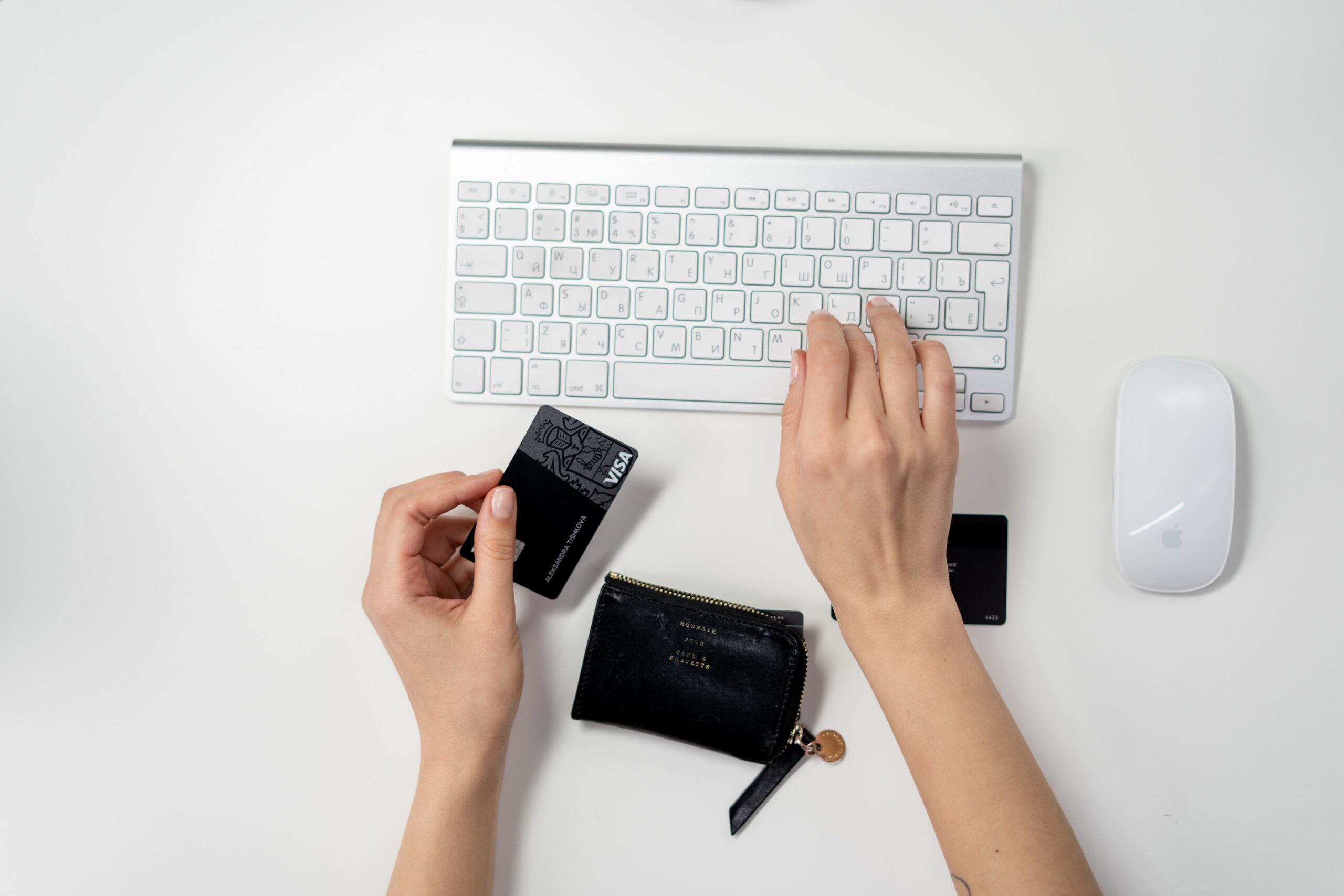
Decentralized finance (DeFi) allows investors to invest in unique and diversified markets such as non-fungible token (NFT) art and exotic derivatives. You’ll need a non-custodial DeFi wallet to play the game. Non-custodial DeFi wallets take the place of Web 2 platform login windows that let you to login into a new site using your Facebook or Google account. Web 3 wallets are compatible with all main DeFi protocols and, to a limited extent, with blockchains. There are several Web 3 wallets to choose from, and assessing the benefits and drawbacks of each may be time-consuming. Here’s a quick-start tutorial to get you started.
What Exactly is a DeFi Wallet?
A DeFi wallet is a non-custodial wallet where your bitcoin holdings are stored. They are non-custodial, which means that only those who have the seed phrase or private key (the equivalent of a password) may access your money. Governments, for example, cannot block the account – but they might compel a token issuer to freeze assets supplied to exchanges or deem certain assets outdated.
Non-custodial wallets differ from centralized exchange wallets. Just as with a bank, you give up control over your assets. The primary distinction between a bank and a crypto exchange is that deposits to the former are often regulated and protected by government deposit programs.. Mt. Gox, Quadriga CX, and Einstein Exchange, for example, have all lost client assets and left victims unable to recover their monies.
Non-custodial bitcoin wallets are roughly classified into two types: hardware wallets and software wallets. Companies like Ledger and Trezor make the former. They resemble USB sticks (thumb drives) and are purchased to save your cash offline (also known as “cold storage”).
- MetaMask
- WalletConnect
- Wallet in Rainbow Colors
What to Look for in a DeFi Wallet
When picking which Defi Wallet Development Solutions To use, the first decision you’ll have to make is which blockchain you want to utilize on MetaMask; for example, one of the most popular Web 3 wallets does not handle the Solana blockchain natively.
To engage with Solana decentralized apps, you’ll need a wallet like Solflare, Sollet, or Phantom (dapp). Some blockchain apps need their own wallet, such as the play-to-earn crypto game Axie Infinity, which requires Ronin Wallet.
You may find yourself utilizing many DeFi wallets for various reasons since they’re free and simple to set up. Just keep in mind that your seed phrase, which is a 12- or 24-word phrase used to access your wallet, should be kept secure. Wallets include a variety of functions in addition to blockchains. Some wallets are better than others when it comes to supporting certain assets. For example, MetaMask does not show the NFTs in your wallet. Others, such as Rainbow Wallet, let you see how many NFTs you have in your account.
Some DeFi wallets have decentralized financial apps built-in, letting you engage with DeFi protocols and transactions without ever leaving the wallet. You can trade tokens via MetaMask’s app, and you can manage staking accounts in SolFlare.Argent leverages zkSync’s layer two networks to cut transaction costs and is linked with Yearn, Lido, and Gro. It enables you to acquire funds using debit cards and stake money at lower prices. Coinbase Wallet, the custodial exchange’s non-custodial wallet, is connected with Compound, a lending protocol, and dYdX, a decentralized derivatives exchange. It’s also one of the easiest crypto wallets to use.
Other wallets, like MyCrypto and MyEtherWallet, support hardware wallets natively, making them an excellent alternative for interacting with DeFi protocols utilizing crypto stored in cold storage. Some wallets place a premium on security. Gnosis supports multi-signature transactions, which need many persons to affirm at the same time. If you lose your private keys, Argent allows you to choose “guardians” who can assist you in regaining access to your wallet.
What is a DeFi Wallet, and How Can I Use it?
To connect to a DeFi protocol, just press “connect wallet” once you’ve installed these wallets and filled them with bitcoin. The “connect” button is commonly found in the upper right corner of most DeFi protocol landing pages.
Then you’re almost ready to depart. Individual transactions must be confirmed in your wallet, and transaction fees must be paid in “gas” — the native currency of the blockchain you’re using.







